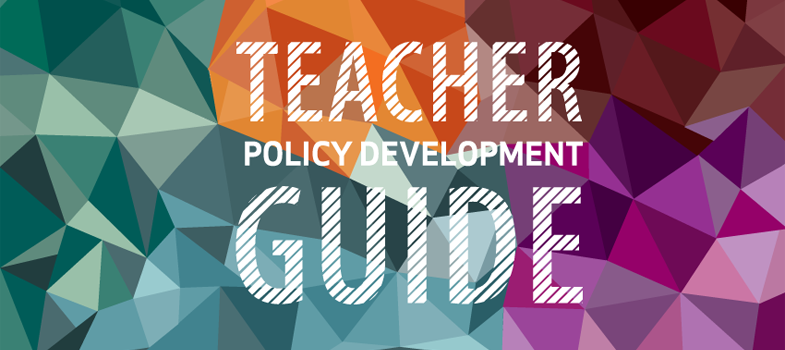4.1.5 Phase 4: implementation – communication and dissemination
Chapter 5 [Tip: hold Ctrl and click a link to open it in a new tab. (Hide tip)] of this Guide deals more extensively with implementation of approved policy.
This section discusses the issue of communication and dissemination.
Because of its level of ‘concreteness’, the implementation process highlights the existing structural capacities, as well as stakeholders’ actual ability to yield the desired change. In some cases, this may require rethinking and adjusting aspects of the policy.
Effective implementation of the policy should be promoted through well-designed information campaigns targeted at all stakeholders, as well as other interested groups (Box 4.5 provides an example from UNRWA). Promoting the policy increases the probability of successful implementation, as it builds public support and endorsement, which are crucial to achieving the desired goals. Media exposure can help ensure that the public understands and supports the policy process.
BOX 4.5: COUNTRY EXAMPLE – UNRWA TEACHER POLICY COMMUNICATION
Advocacy and communication prior to the start of the implementation of the Teacher Policy is essential. This shall include:
- Field level advocacy and communication towards education stakeholders, including education staff, parents and communities; and
- Headquarters to support Fields (offices outside headquarters) through:
- i.Meetings with the unions
- ii.Production and dissemination to the Fields of materials regarding the Educational Reform in general and the Teacher Policy in particular
- iii.Advocacy meetings in the Field.
4.1.4 Phase 3: Adoption/decision
